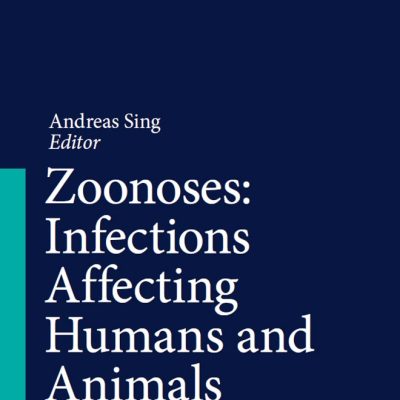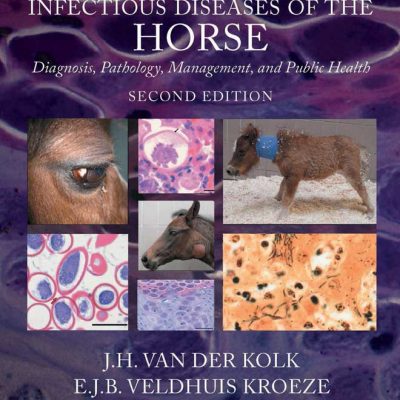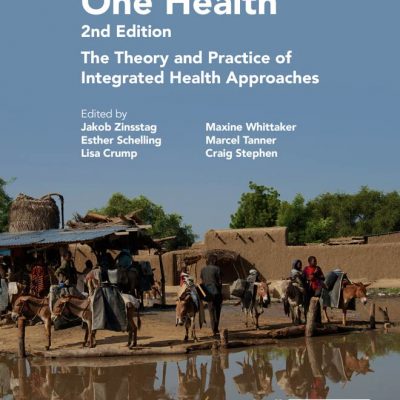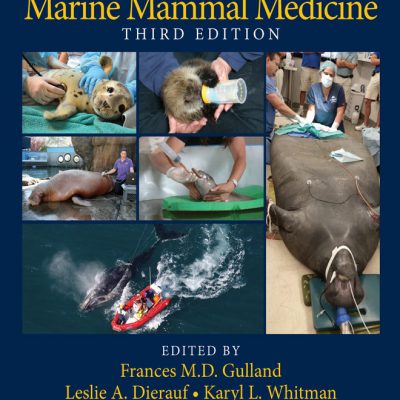
Veterinary Public Health: At A Glance
by S. Nandi, Ujjwal K. De
January 2010

Zoonotic diseases of bacterial, viral, rickettsial, chlamydial, fungal and parasitic origins constitute an important global health problem. Out of a total of 1405 infectious diseases that infect human beings 58% (817) are zoonotic in nature and out of 177 infections that are emerging or reemerging 73 % (130) are zoonoses. Emerging and reemerging zoonoses are newly evolved or have occurred previously but have more recently shown an increase in incidence or expansion into a new geographic host or vector range. The emergence of zoonotic diseases is increasing in many countries in the world and represent a global threat to human and animal health. Zoonoses occur in sporadic as well as epidemic forms and affect both sexes and all age groups. A wide range of animals (domestic, pet, companion, zoo, wild etc.) act as carrier of zoonotic pathogens and thus transmit the infection to humans. Zoonoses act as a double edged weapon. Besides, being direct effect on human and animal health, all major zoonotic diseases cause great economic losses due to reduced productivity. In most of the countries zoonoses are not officially declared as notifiable diseases. Human induced ecological changes such as deforestation, industrialization, urbanization, construction of dams, canals, amusement parks are responsible for reemergence of many zoonoses. In recent years a number of fatal zoonoses such as haemorrhagic fever caused by Marburg and Ebola viruses, Hantavirus infections, SARS, Bird flu, Swine flu, Nipah and Hendra virus infections caused significant casualties and need special attention in the dir~ction of development of diagnostics and immunoprophylactic agents.
With the implementation of new trimester/semester systems, the students have to face a number of quizzes, midterm and final examinations. This system evaluates the student’s learning capability and teacher’s teaching techniques on a regular basis. Mostly objective type and short notes are asked in the examinations. Again, in various competitive examinations namely lAS, IPS, IFS, CSIR, ICMR, ICAR, NET, JRF, SRF etc objective type questions are set to evaluate the depth of knowledge of a particular subject of the students. Further, a number of organization/ institutions hold regular examination for admission in various degree programmes, award of merit scholarships and appointment on various jobs based on objective type questions.
It is therefore hoped that the book will be extremely useful for teachers as well as students and personnel of Veterinary and Medical Sciences and other disciplines of various institutions particularly associated with the Public Health.
PDF 4.5 MB Password: vetbooks.ir Help Download





